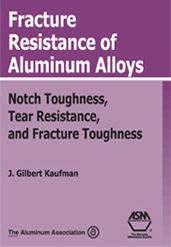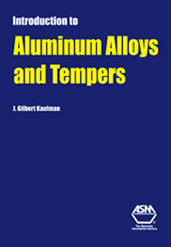Book

Aluminum Alloy Castings: Properties, Processes, and Applications
2004-12-01
This book provides property and performance data for all types of aluminum alloy castings and reviews and describes the factors that contribute to and affect those properties, including composition, microstructure, casting process, heat treatment, and quality assurance. The electronic publication features extensive collections of property and performance data, including previously unpublished aging response curves, growth curves, and fatigue curves, presented in consistent formats to enable easy comparisons among different alloys and tempers. The authors have endeavored to address all of the casting process technologies available for aluminum alloys. Engineering information is included for expendable mold, permanent mold, and pressure die casting processes and their variations. The focus of the process coverage is to review the effects of process selection and process variables on casting properties and performance.


